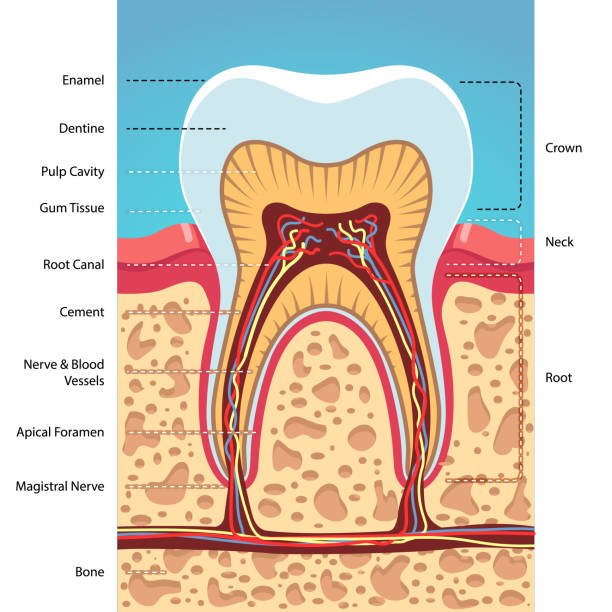Question and Answer


What are the signs that a root canal is needed? What happens during a root canal?
Signs that a root canal is needed. A dentist or endodontist can perform a root canal in one or more office visits. An endodontist is a dentist who specializes in the causes, diagnosis, prevention, and treatment of illnesses and injuries to the human dental pulp, also known as the tooth nerve. The sort of dentist to employ is determined in part by the severity of the root canal surgery required in your specific tooth and the general dentist’s level of comfort operating on your tooth. In your specific circumstance, your dentist will explain who would be most suited to undertake the work.
The initial stage in the process is to take an X-ray to examine the form of the root canals and whether there are any symptoms of infection in a nearby bone. The region around the tooth will next be numbed with local anesthetic by your dentist or endodontist. Although anesthesia is not required because the nerve is dead, most dentists anesthetize the region to help the patient feel more calm and at peace.
Your dentist will next place a rubber dam (a sheet of rubber) around the tooth to keep the region dry and free of saliva during treatment.
The tooth will then have an access hole drilled into it. The pulp, germs, rotting nerve tissue, and other debris from the tooth are removed. Root canal files are used to clean out the canal. A series of these files of increasing diameter are then put into the access hole and scraped and scrubbed down the whole length of the tooth the sides of the root canals. The material is flushed away on a regular basis using water or sodium hypochlorite.
Embed Asset Override
The tooth is sealed once it has been fully cleaned. Some dentists prefer to leave the tooth open for a week before sealing it. If you have an infection, the dentist may inject drugs into your tooth to treat it. On the same day that the tooth is cleaned, some people may desire to seal it. If the root canal is not completed the same day, a temporary filling is put in the tooth’s external hole to keep impurities such as saliva out. and food between appointments.

